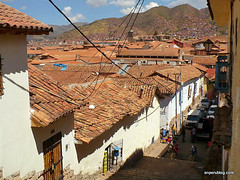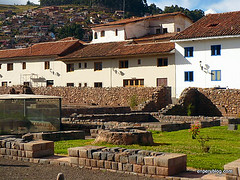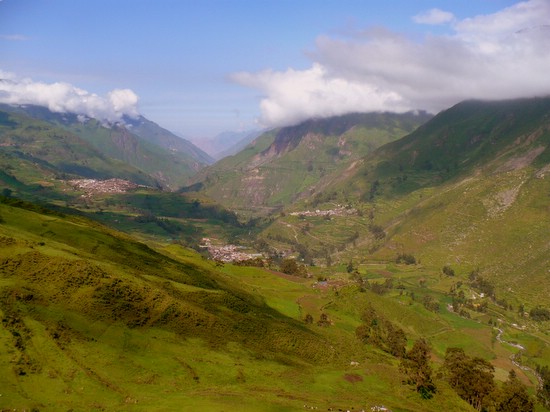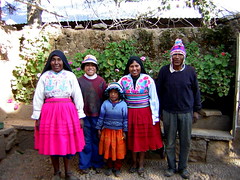Quechua
It is often considered to be the language of the Incas, invented by them and spread across the Andes. The truth is that this family of languages is much older, far more diverse and far more interesting than you imagined.
Quechua is spoken in many Andean countries, but it does not sound the same everywhere you go. Quechua in one country, or even in another region, can be quite distinct due to huge differences in the grammar and pronunciation. It would, for example, be difficult for someone in Northern Argentina to communicate with someone in Ecuador – even if some words they use are almost the same.
Today Quechua is considered to be a group of at least seven languages with about 46 distinct dialects between them. But it wasn’t always like that. Just as Latin in Europe became Spanish, Portuguese, Galician, Catalan, French, Italian, Romanian among others, over the past centuries Quechua too has adapted and changed – something that happens in all languages. Just like Latin, at one time in the past there would have been a single Original Quechua from which the modern varieties evolved, and just like Latin, no region or country speaks it today.
Many people assume that the Quechua spoken in Cusco is the correct or proper form and those who speak Huaylas Ancash Quechua, Huaylla Wanca Quechua, Northern Conchucos Ancash Quechua, Southern Conchucos Ancash Quechua, Ecuadorian Quichua, Yunkay Quechua South Bolivian, Ayacucho Quechua, and Puno Quechua, to name but a few, speak an impure or incorrect form.
The truth is, no-one now speaks original Quechua. Quechua speakers in Cusco speak as much Original Quechua and Italians speak Latin. Perhaps more interesting is that the language does not even come from the Cusco region, and the Incas didn’t invent the language and didn’t even use it in their early history.
According to Inca myths and legends, their people come from the Lake Titicaca area, while according to archaeological evidence, Inca architects employed similar craftsmanship to the people of Bolivia’s Tihuanaco civilisation. This is not a Quechua-speaking region.
Linguists tell us that the Quechua language can be aged by examining the changes to the language in different regions and approximating how long they would take to change in this way. This tells us that Quechua, much like Latin, has spent almost two thousands years diverging – long before the time of the Incas.
So, when did Quechua spread to where it is spoken now? How did it spread there and where did Original Quechua come from?
Find out at this excellent Quechua resource.










